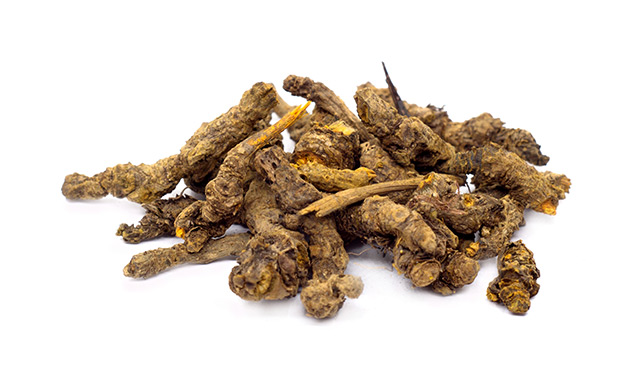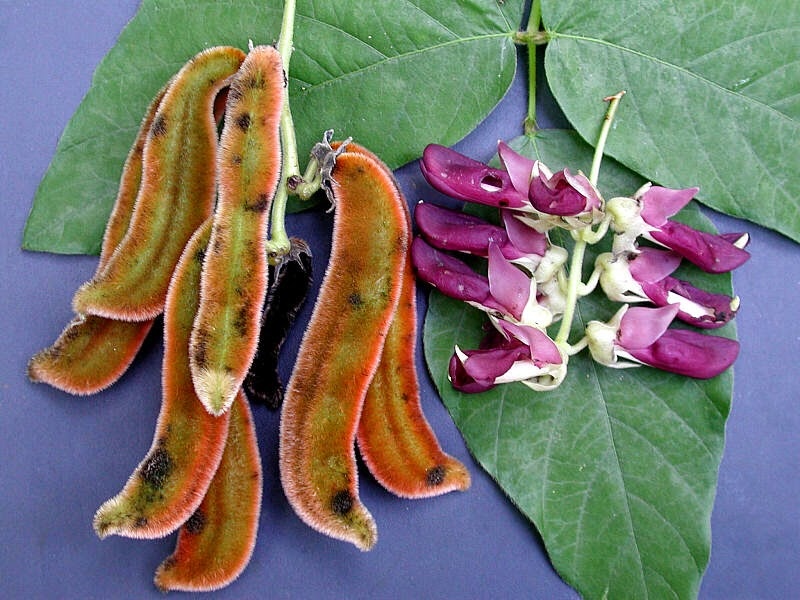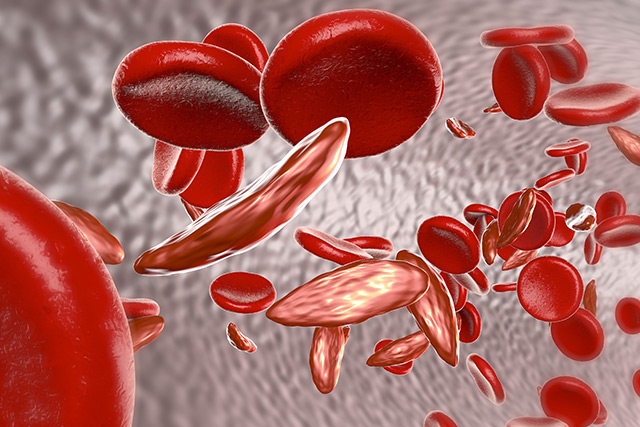The Chinese goldthread, a popular Chinese medicine, can be used to treat brain cancer
09/11/2018 / By Rhonda Johansson

It is not without reason that Coptis chinensis is called Chinese goldthread. Traditional Chinese healers have praised the herb for its various therapeutic uses for centuries – literature exists of its many health benefits since the Tang Dynasty (in these, the herb is called Huang Lian Jie Du). And while the plant is called goldthread due to the appearance of its roots which resemble a tangled mass of golden thread, folk healers describe the plant’s healing potential as worth its weight in gold.
These claims are not simply folkloric in nature. Modern medicine is now examining the potential health benefits of Chinese goldthread, including its use in treating various types of cancer.
A study published in BMC Complementary and Alternative Medicine concluded that C. chinensis affects malignant brain tumors by interrupting their processes. In particular, Chinese goldthread influences the cell growth and development of glioma, brain tumors formed in the glial cells of the brain or spinal cord. Roughly 60 percent of all brain cancers are glioma.
Most treatment plans for brain cancer involve painful radiation therapy combined with drugs. These have had a spattering of mixed results, much to the increasing frustration of oncologists worldwide. The lackluster benefits brought on by conventional medicine has spurred a renewed interest in traditional herbs. It is with this in mind that researchers decided to clinically measure the effectiveness of Chinese goldthread in the treatment of brain cancer brought on by glioma.
For the purposes of the study, six measurements were used:
The power of the elements: Discover Colloidal Silver Mouthwash with quality, natural ingredients like Sangre de Drago sap, black walnut hulls, menthol crystals and more. Zero artificial sweeteners, colors or alcohol. Learn more at the Health Ranger Store and help support this news site.
- 3-(4,5-dimethyl-2-thiazolyl)-2,5-diphenyl-2-H-tetrazolium bromide (MTT) method
- Plate clone test
- Scratch tests
- Flow cytometry
- Western blotting
- Glioma xenograft tumor model
Results showed that C. chinensis dramatically suppressed glioma cell proliferation; tumor formation, migration, and growth; and prolonged the survival time of tumor-bearing mice. Researchers also found that Chinese goldthread induced apoptosis in glioma cells while down-regulating various transcription processes of these tumors. In doing so, malignant glial cells were unable to express the necessary enzymes needed for cancer growth.
Of interest is the discovery that Chinese goldthread was able to bring these results without any side effects to the animals being experimented on. If proven true with humans, this could mean safer treatment plans for brain cancer.
Coptis chinensis in traditional Chinese medicine
TCM is based on the assumption that the body needs to be balanced to be well. An imbalance or obstruction of qi (life force) manifests itself as various illnesses. Healers, therefore, use different herbs and methods to re-balance the body.
When a person develops brain tumors, it is usually caused by an obstruction of vascular channels caused by an excess of “heat” toxins. According to basic TCM philosophy, heat diseases need to be treated with cold herbs. (Related: Chinese herbs found to enhance resistance to all causes of stress.)
Brain cancer patients are given herbs that are cold in nature as a basis for their therapy. These herbs are believed to treat the brain tumor by reducing inflammation (heat) and improving immunity (adding coldness to the body). Chinese goldthread is one of the most highly recommended and essential cold herbs in TCM. In fact, in the Shang Han Lun, a famous TCM classic, 12 out of 113 formulas contain C. chinensis as its main ingredient.
What you need to know about glioma
Gliomas are most often found in adults, although they can affect anyone of any age. Men are more likely to develop the tumor.
As gliomas grow, they begin to press against the brain or spinal cord. This leads to several symptoms including frequent headaches, seizures, speech problems, a weakness in the arms, face, or legs, and personality changes.
Gliomas are usually treated with craniotomy (opening of the skull) followed by radiation and chemotherapy. These treatments though have mixed results.
Learn more about Chinese goldthread at ChineseMedicine.news.
Sources include:
Tagged Under: alternative medicine, brain cancer, brain tumor, Coptis Chinesis, glioma, herbal medicine, natural cures, natural medicine, traditional Chinese medicine




















